
Your car sounds the way it does because of a staggering number of factors, but some cars have one particular standout attribute that contributes so heavily to the sound, it's indispensable. In this case, we're talking about the headers used by Subaru, which are more unequal than Jeff Bezos' bank account and yours.
The patron saint of automotive awesomeness, Jason Cammisa, demonstrated just how big of an impact header length has toward Subaru tone in Episode 2 of his Know It All series on Hagerty's YouTube channel. In one clip, you can hear the warble of a WRX STi's turbo flat-4 and the stock unequal length headers. In the second clip, a modified WRX with equal-length runners sounds -- as accurately described by Cammisa -- like a Honda Civic.
So what's the science here? Well, Subaru uses boxer engines that keep the center of gravity low and equips its cars with unequal length headers likely because it keeps the packaging tight. The flanges that attach to the heads collect in a single pipe, but rather than route to a central turbo flange with equal length runners, one cylinder bank's pipes run underneath the engine. There it joins up with the other cylinder bank's pipe, which is mere inches from the turbocharger exhaust inlet.
Slow down a recording of a WRX with OEM headers to look at its waveform and you'll see a strong pulse followed by a weak pulse. Meanwhile, a WRX with equal length headers would produce a waveform that looks quite even. You can see this clearly in JC Media's YouTube video on the topic, which references the following graphic from Come And Drive It.
Read more: These Movies And TV Shows Have The Best Car Casting
Let's Take A Look At What We Hear

In stock Subaru WRX/STi manifolds, the exhaust gases travel out of each cylinder's exhaust ports, pass through the primary runners, meet up in the first set of merge collectors, then get sent to a final merge collector. During this process, one bank has to pass through a secondary runner with a flex joint in the middle. To finish it all off, everything gets propelled through the turbocharger and out through the exhaust pipe.
Since the travel distance for the engine's pulses varies from cylinder to cylinder, the severity of each pulse is different by the time it reaches your ears. The sound is rough because one pulse carries more volume than the other, and what you hear is mostly those spaced out harder pulses.
While all this explains why the exhaust sounds the way it does, none of it explains why Subaru chose this design. It's unlikely the stock exhaust is the product of careful audio engineering, like what Yamaha did for the Lexus LFA's intoxicating vocalizations. Rather, using unequal length headers is likely a choice based on packaging concerns, weight, and limiting the amount of material used. Plus, in theory, by placing two of the cylinder banks within inches of the turbocharger, more exhaust energy can make it to the turbine wheel more quickly. Remember, you can't eliminate turbo lag, but you can at least reduce it.
All Things Being Equal (Or Unequal)
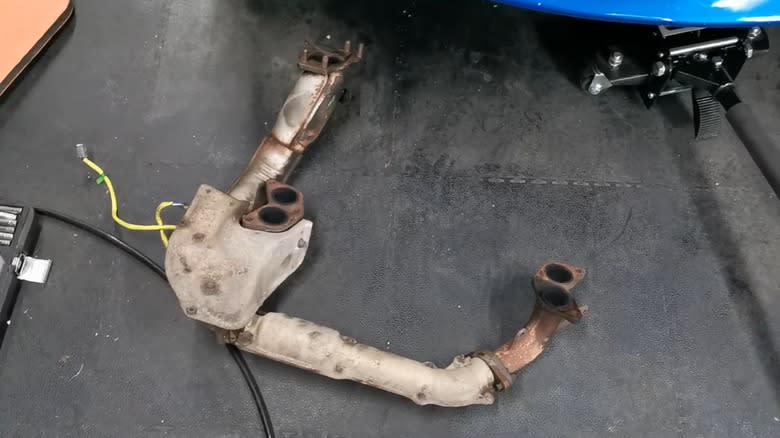
Of course, there are plenty of aftermarket equal length headers for Subarus, and it's not just because there's a contingent of enthusiasts who hate the WRX warble. Equal length runners do have other advantages that can impact performance and engine longevity.
For instance, making the runners equal length reduces variations in cylinder temperature, which can cause ring and piston failures more often on one side of the engine. Also, reducing heat makes knock less likely, and since turbo cars are constantly working to fight knock, they need all the help they can get. Equalizing the exhaust pressure seems to deliver smoother power, as well, because the turbocharger gets a steadier stream of exhaust gases, rather than a strong, immediate stream from one cylinder bank and a weaker, delayed stream from the other.
If you want to preserve the sound of your Subie -- or your Saab 9-2X Aero, a.k.a. the Saabaru, a weird and fun car I actually used to own -- then there's some good news. It turns out that improved unequal-length third-party headers can offer performance close to or the same as equal-length headers without eliminating the tone. However, if you want something more certifiably insane, get a Wrumer to plug into your OBD2 port and play whatever engine sound you want through the speakers, including a V12, a rotary, or even a lawnmower. On second thought, just get different headers.
Want more like this? Join the Jalopnik newsletter to get the latest auto news sent straight to your inbox...
Read the original article on Jalopnik.
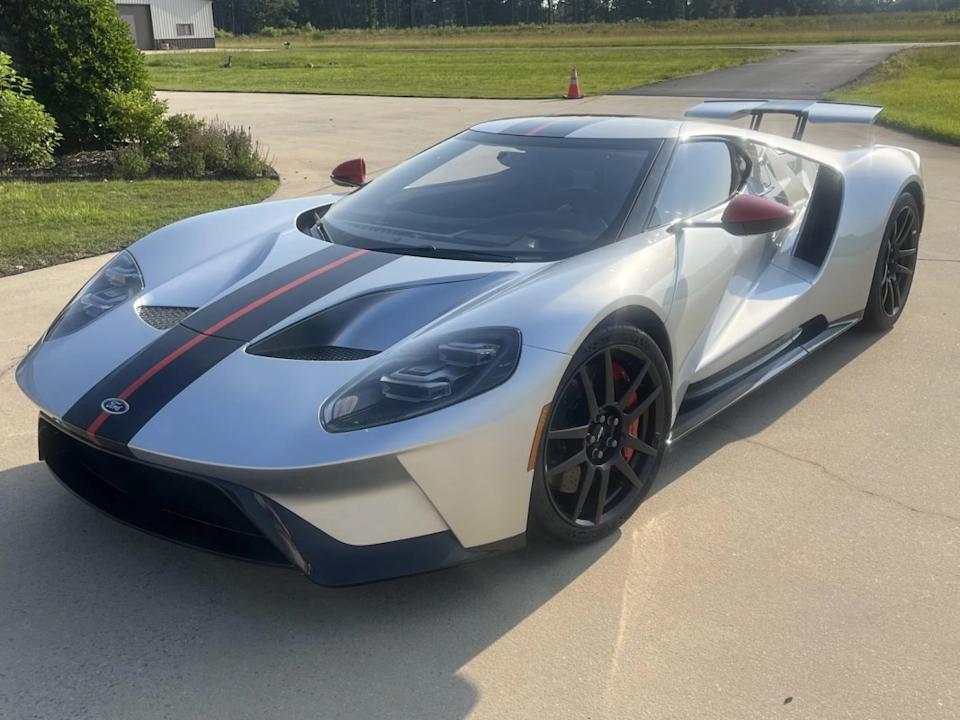
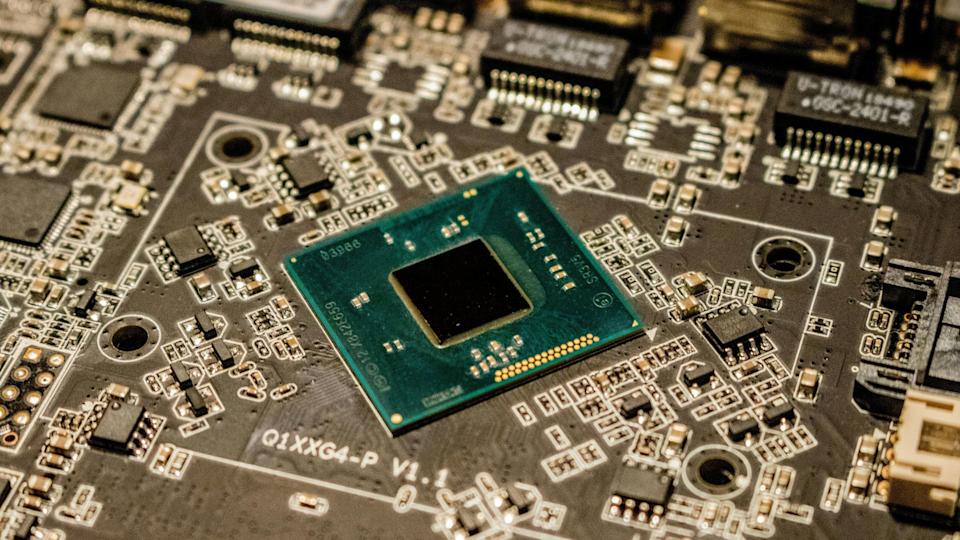

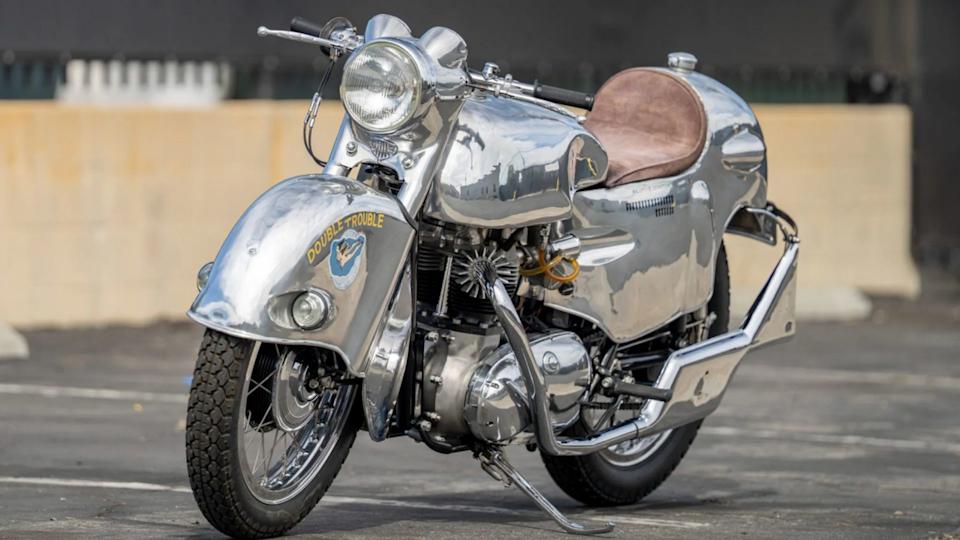
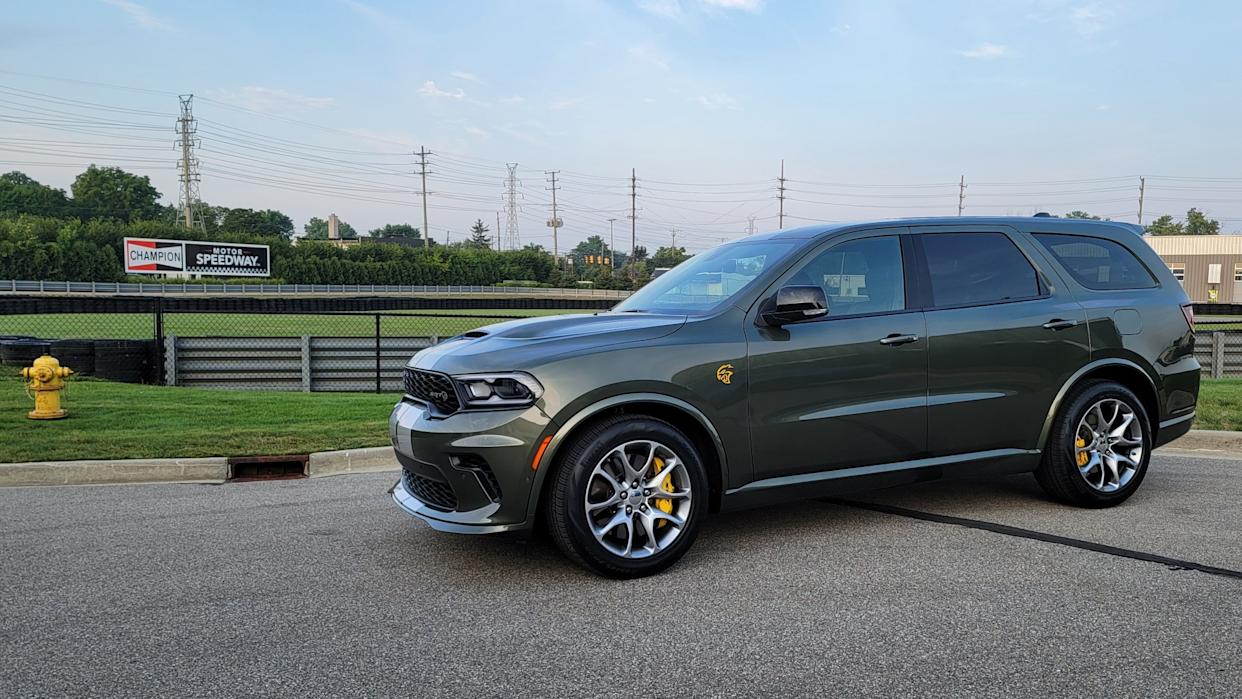
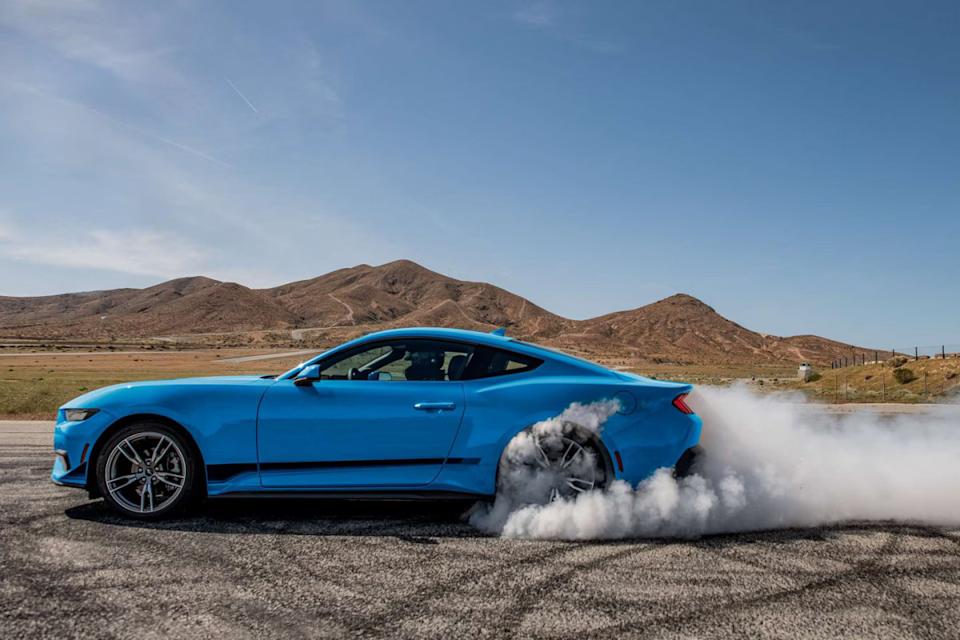
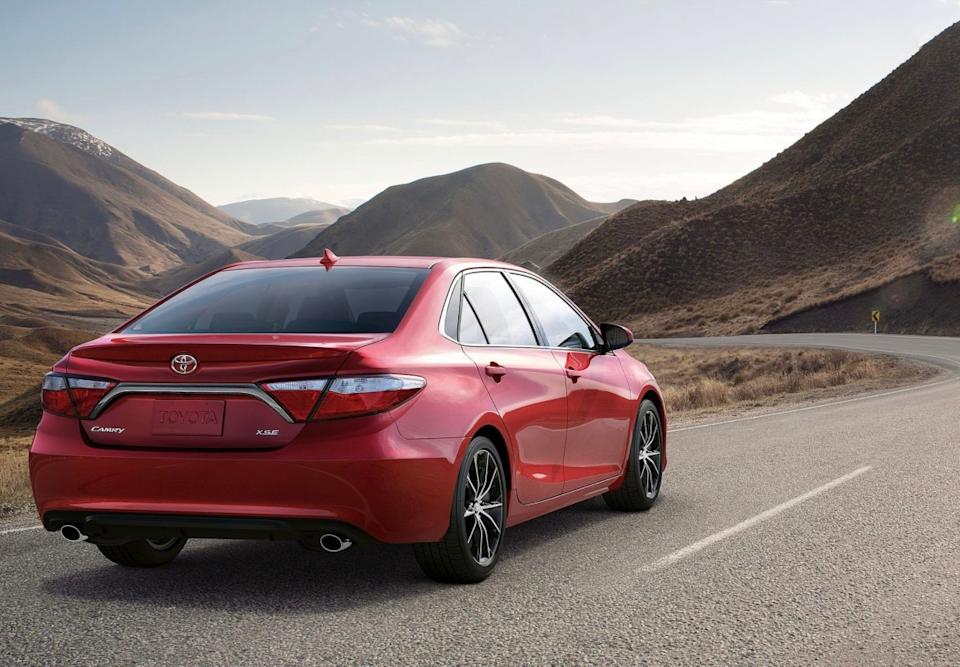
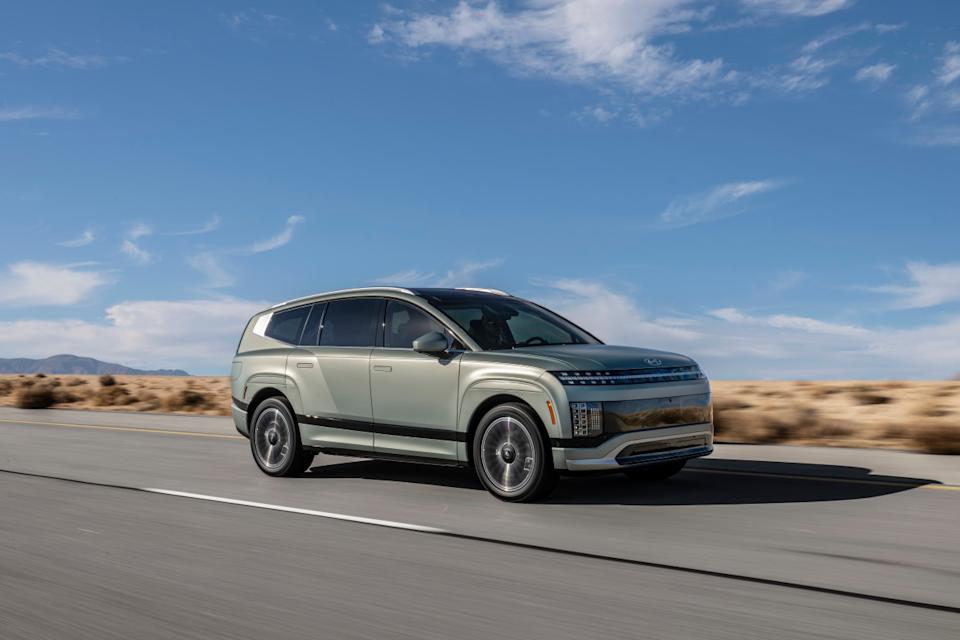
Comments